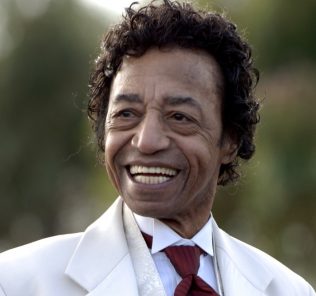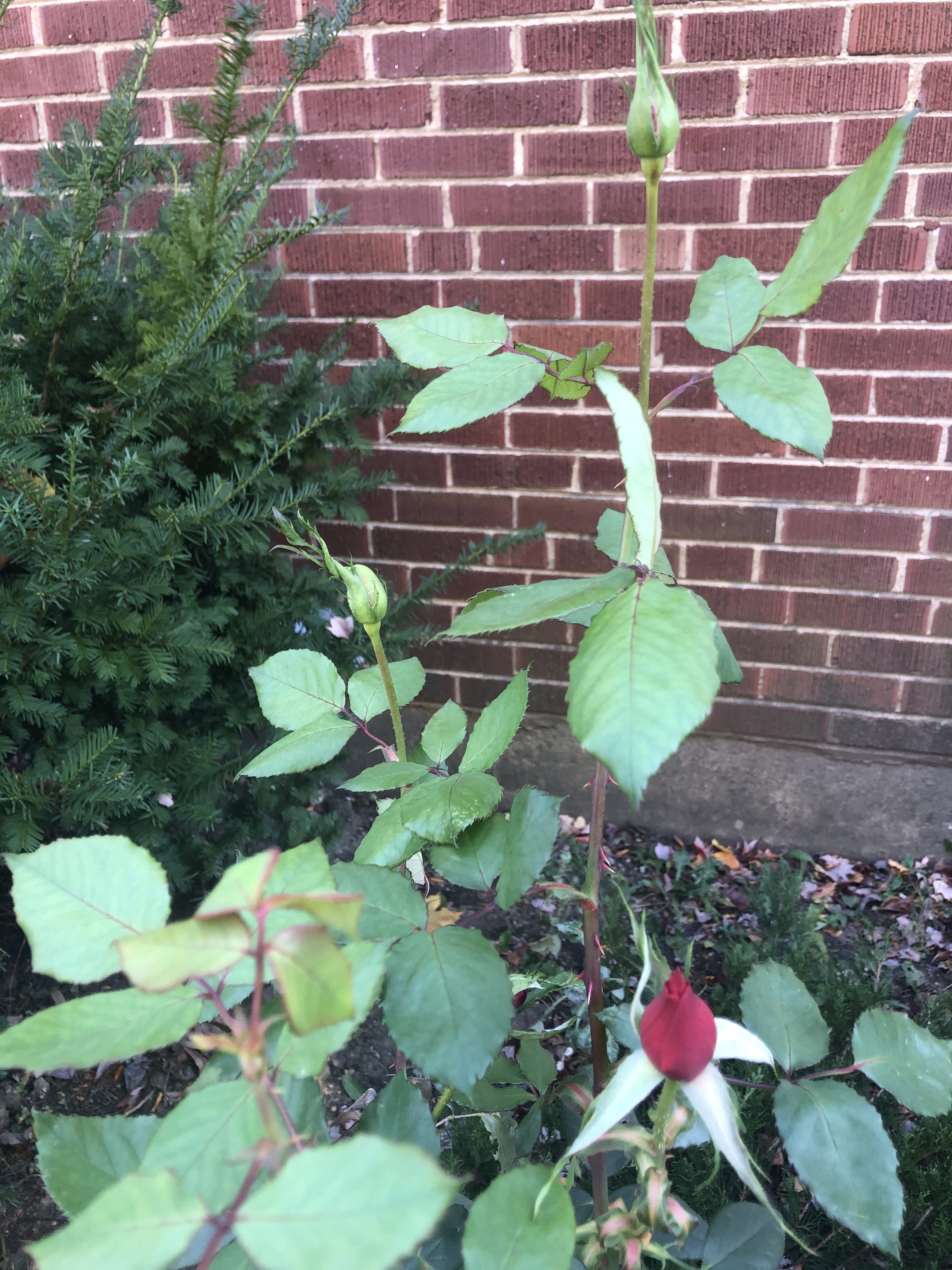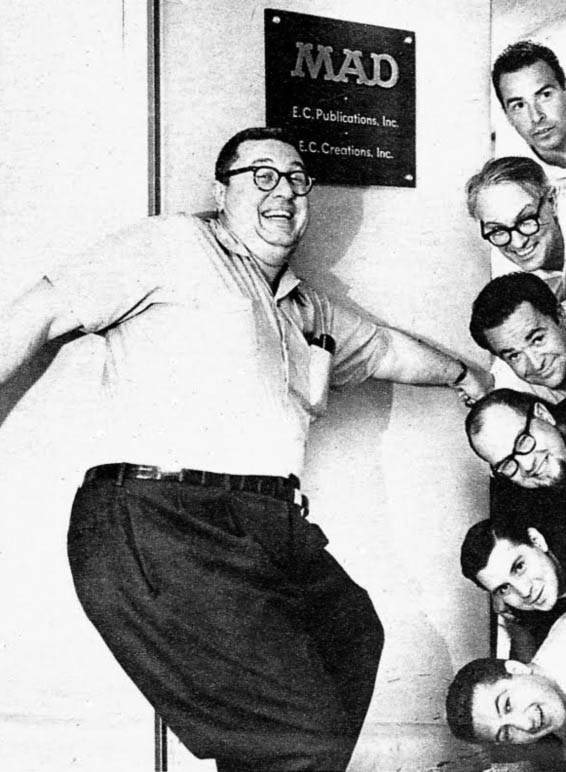My Father’s Parable

Friday, October 23, 2009
There’s a symposium on meat in Chicago this weekend.
I won’t be able to attend—my rascal nephew Jude is in town for his 7th birthday,
But I will be there in spirit.
My father worked for Swift & Co. at the Union Stockyards on Chicago’s South Side. He began as a messenger boy in 1937 and moved up to purchasing agent at the Swift offices in the Loop before retiring in 1981.
The symposium at Kendall College covers all kinds of stuff. There’s panelists on cattle production from the cow-calf producer to the feedlot operator and beef processing and marketing as practiced in the past.
The sponsoring Greater Midwest Foodways [www.greatermidwestfoodways.com] should have a segment devoted to journalist Upton Sinclair’s landmark novel “The Jungle.”
Published in 1906, the book revealed the corruption and filth of the American meatpacking industry. Sinclair lived in a hotel near the Chicago Stockyards as he gathered material for his work. “We had very strict government inspections,” my Dad told me. “There was a government office at every plant. If they saw contamination, they pulled the switch. At the height of World War II they ran round the clock. About 50,000 people worked there.”
All that remains today of the Stockyards is the old stone gate at 42nd and Exchange. The gate is a national historic landmark. I have taken my father back to the now-desolate gate. The limestone head at the highest point of the 30-foot-high arch is of “Sherman,” the first national Grand Champion steer at the Stockyards.
Legend has it that Gutavus Swift, founder of Swift & Co. rode around the stockyards on a low-slung pony. His feet dangled to the ground. This way he could kick open the pen gates, which meant he didn’t have to hire an extra worker to open the gates. In 1965 the Chicago Historical Society Guild commemorated the 100th birthday of the stockyards. At a spring luncheon Bill Ogilvie told the Chicago Sun-Times, “My father told the story that when J. Ogden Armour, son of the founder of Armour & Co. was asked what is hobby was, Mr. Armour replied, ‘Making money.’ When pressed for his second choice of a hobby, the answer was the same, as it was to the third.”
My favorite story/life lesson from my father is his recollection of the foreboding goat on the livestock ramps that led sheep to slaughter. This strategy avoided deploying men with whips and other potentially gruesome tactics. Union leaders nicknamed the goat “Judas.”
My dad’s advice: “Don’t be like the sheep.”
Here’s a rare photo of the Hammond (Ind.) Stockyards Baseball Team (circa 1890-1900). The Hammond Stockyards burned down in 1901. [Courtesy of the Hammond Public Library.






Leave a Response